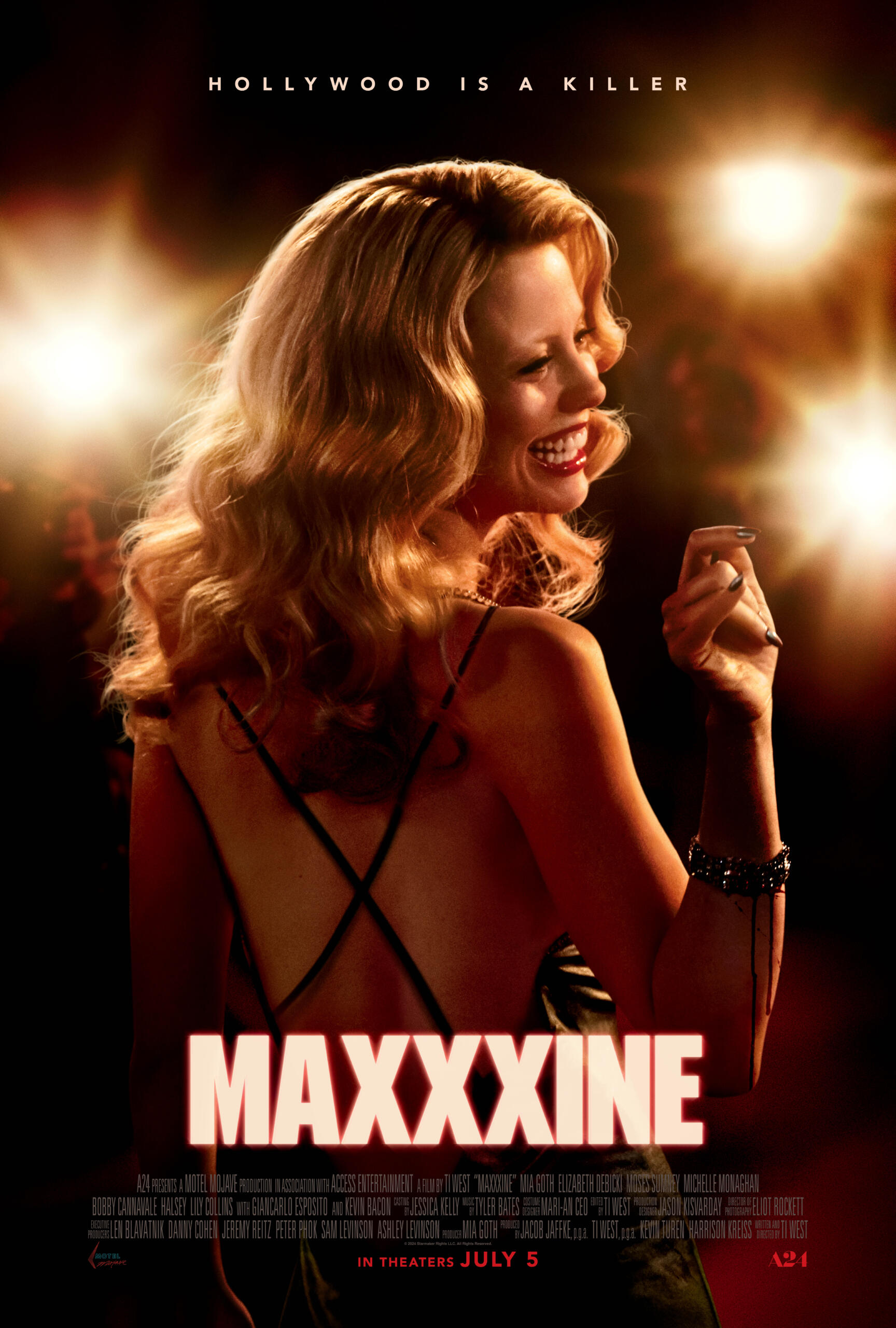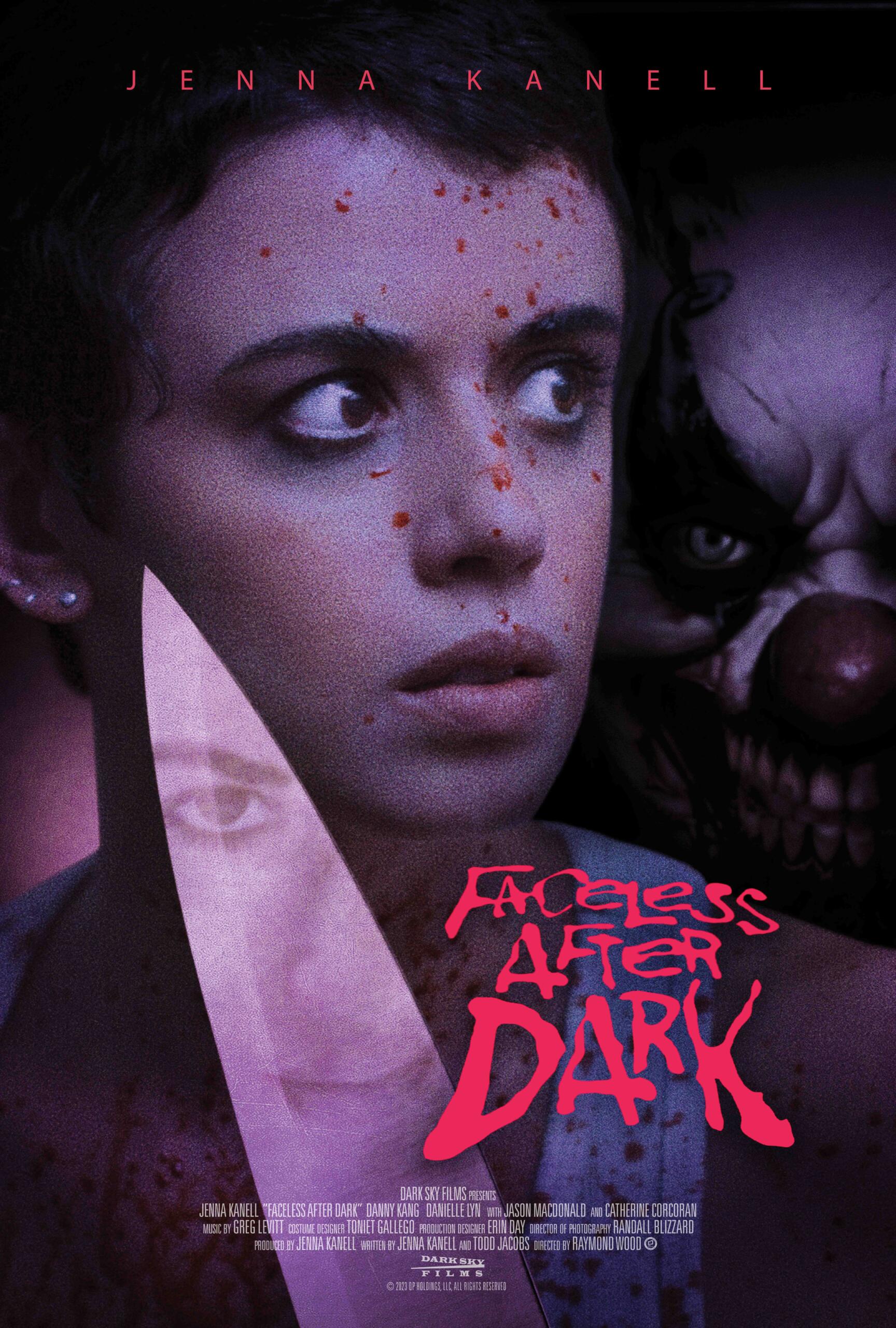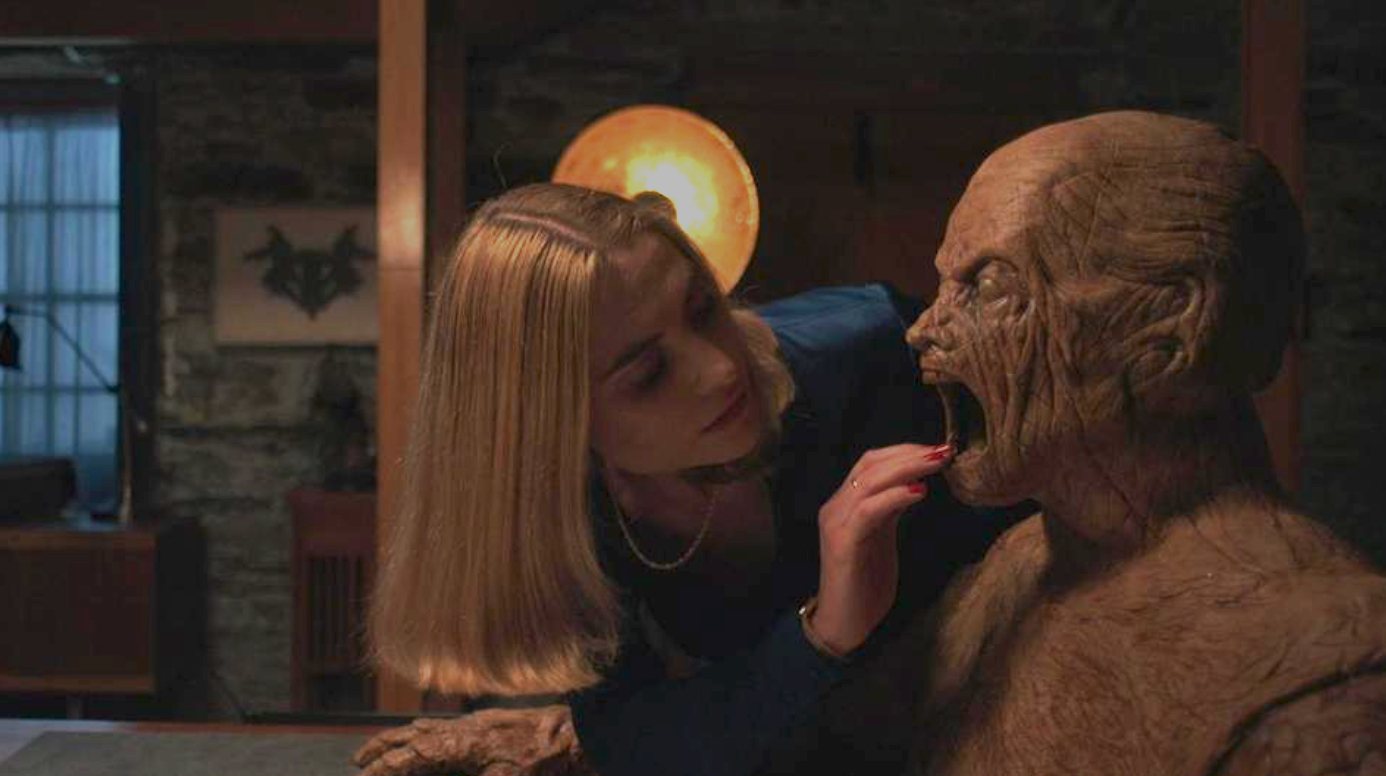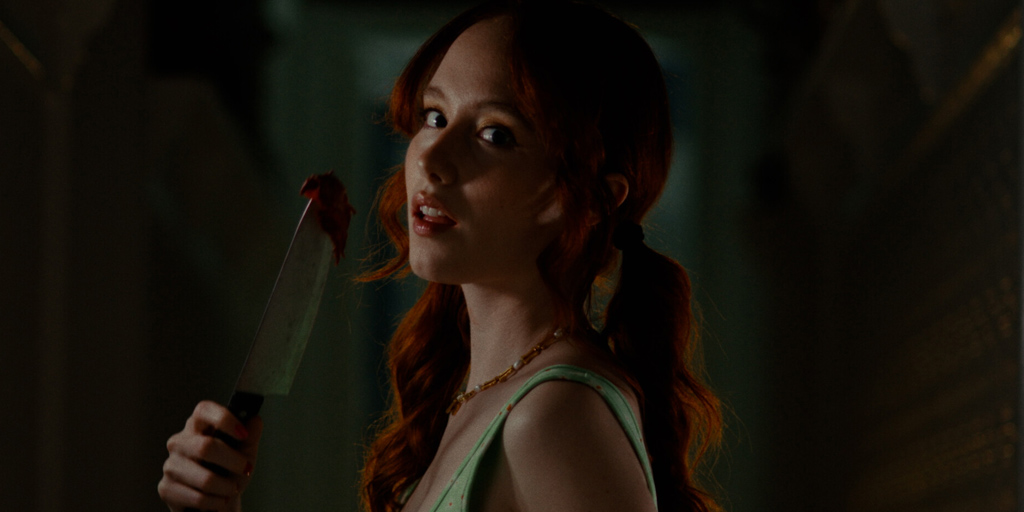Starring: Jessica Belkin, Taylor Kowalski and Jeremy Sisto
Directed by: Alan Scott Neal
Rated: NR
Running Time: 81 minutes
Shout! Studios
Our Score: 3 out of 5 Stars
For horror fans, siege horror is nothing new. From “Assault on Precinct 13” to “The Mist,” humans have been trapped inside buildings by other humans, monsters, demons, etc. for decades. So, on paper, “Last Straw” doesn’t seem that unique, a woman terrorized in a diner alone overnight, but it’s how the story unfolds that I realize it’s more than just the protagonist at wit’s end.
When we first meet Nancy (Jessica Belkin) she’s metaphorically trapped. She’s dealing with an unwanted pregnancy, frustrated over doing nothing since high school, and having to waitress and manage a diner owned by her dad, earning the scorn of her co-workers. While she deals with a myriad of awful customers, some masked hoodlums manage to rattle her. She fires an employee, in an attempt to maintain some form of control over life, and takes on the late shift. We all know where this lonely late shift is going, especially after we witness one of the masked hoodlums from earlier threatening retaliation.
Nancy’s an interesting protagonist because she’s young and clearly taking out frustrations on everyone around her. Even a responding police officer isn’t immune from her ire. While that would make it hard for us to root for her, we find ourselves with a story that’s flipped on its head when the chaos unfolds. While we may not like Nancy for certain actions, the results of her actions, a lot of violence, are warranted. But does the violence beget violence? Without revealing too much, “Last Straw” manages flips everything you learn on its head in an entertaining second half.
If I had a major complaint, it’s that first time director Alan Scott Neal takes a lot of notes and ideas from past siege films and implements them haphazardly throughout. Sometimes they click right into place, and other times they feel shoehorned in. However, the real key to “Last Straw” is its messaging. While not handled as best as it could, it tells a very contemporary story in the vein of people not understanding the people around us, sometimes trapped in our own bubble of misery without realizing the harm we inflict on others.
“Last Straw” reminds me a bit of last year’s “Night of the Hunted.” There’s a rich theme, but “Last Straw” doesn’t quite hit all the right notes or go as deep on the subject as it could go. That being said, it conveys the point enough to where we find ourselves in murky moral waters at the end. If you’re simply looking for something fun and slightly clever, “Last Straw” will scratch that itch.















